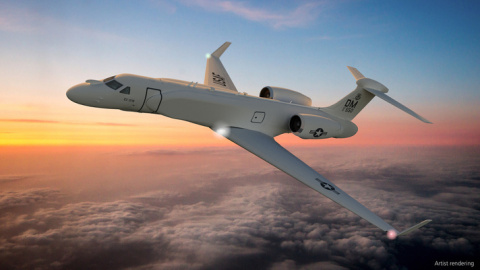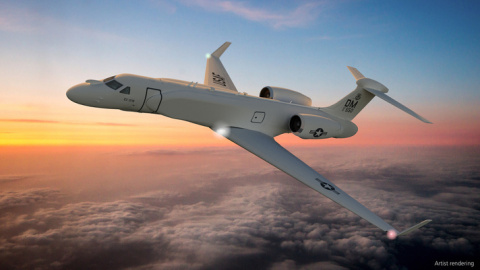NASHUA, N.H.--(BUSINESS WIRE)--BAE Systems has begun work to transition its advanced Compass Call electronic warfare (EW) system from aging EC-130H aircraft to a modern, more capable platform that will significantly improve mission effectiveness. This Cross Deck initiative, as it is commonly called, will enable the U.S. Air Force to continue disrupting enemy command and control capabilities in denied environments well into the future.
As the mission system integrator for the program, BAE Systems is working with L3 Technologies to transition the Compass Call capabilities onto an EC-37B aircraft, a special-mission Gulfstream G550 that meets Air Force requirements. This new platform will provide combatant commanders with improved stand-off jamming capability and flexibility to counter sophisticated communications and radar threats.
“The Compass Call mission electronics are world-class EW systems that are in high demand from operational commanders because of their electronic attack capabilities and their ability to protect critical missions,” said Pamela Potter, director of Electronic Attack Solutions at BAE Systems. “The cross-decking program enables the Air Force to maintain existing, unmatched EW mission capabilities in an economical business jet that can fly faster, higher, and farther than its predecessor, improving mission effectiveness and survivability.”
In 2017, BAE Systems and its partners completed the initial design review of the Compass Call weapon system, and the final design review is planned for this fall. Initial modifications of the first G550 are underway, with the first two aircraft fielded in 2023. A total of 10 new aircraft are planned.
BAE Systems will continue to sustain the electronics for the fleet of EC-130H Compass Call aircraft while it develops, procures, manufactures, and integrates electronics for the new fleet.
For additional information about BAE Systems’ Compass Call EW mission equipment, visit: www.baesystems.com/compasscall.




